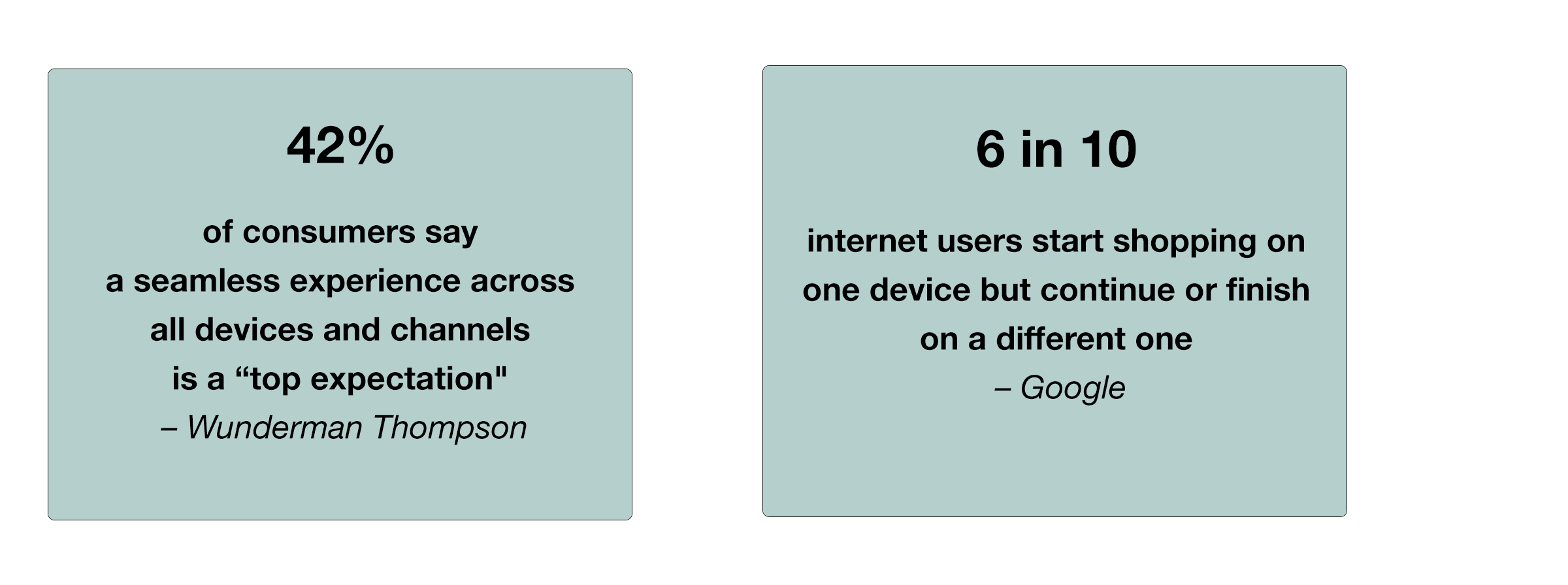Disney is usually referred to as the brand that gets it right, across all of its channels – from the website and mobile touchpoints to the wristband and the experiences of the physical locations. Oasis in UK is another example of a brand with successful delivery of omnichannel experiences. Here in Denmark, brands like Matas and Bog & Idé have both been recognized and awarded by Dansk Erhverv and Elgiganten recently announced what is supposed to be the largest omnichannel investment in the Nordics so far.
So it's clear that lots of things are happening out there and if I should point at some common denominators for the brands that succeed, like the ones listed above, I would say:
- customer centricity and understanding the customer journey,
- data maturity and the ability to leverage data across channels, and finally,
- the skills and ability to execute.
And when I get the question on where to start or how to improve, the answer is most often related to these three things;
- get control of your data,
- build a true understanding of customer needs through-out the customer journey, and
- invest in skills and processes to allow you to deliver, e.g. agile, development, technology and analytics.
To summarize, providing a clear strategy for your brand's omnichannel presence that is fully integrated into the business and the operating model is key going forward – even more so in a mature market like Denmark where consumers are digitally savvy and judge brands based on their experiences from interacting with best-in-class companies across the globe.
If you want to learn more about how Valtech can help you to deliver true omnichannel experiences please contact us:







